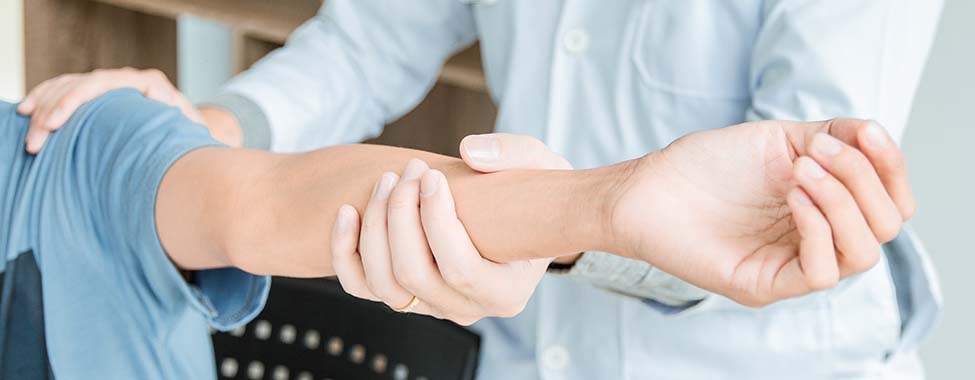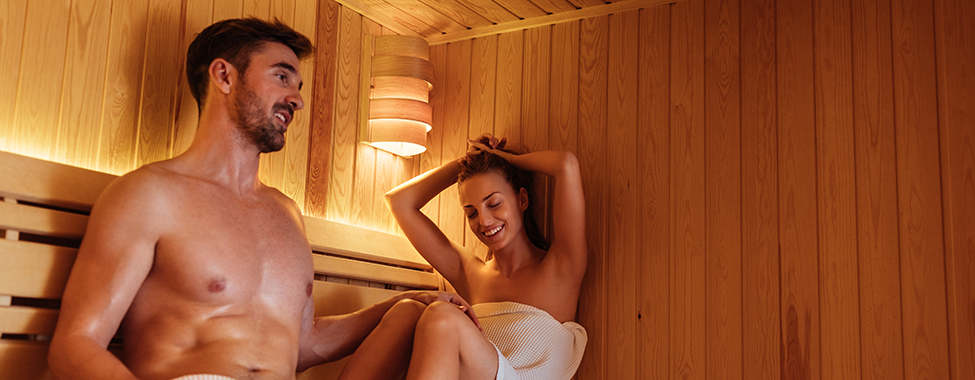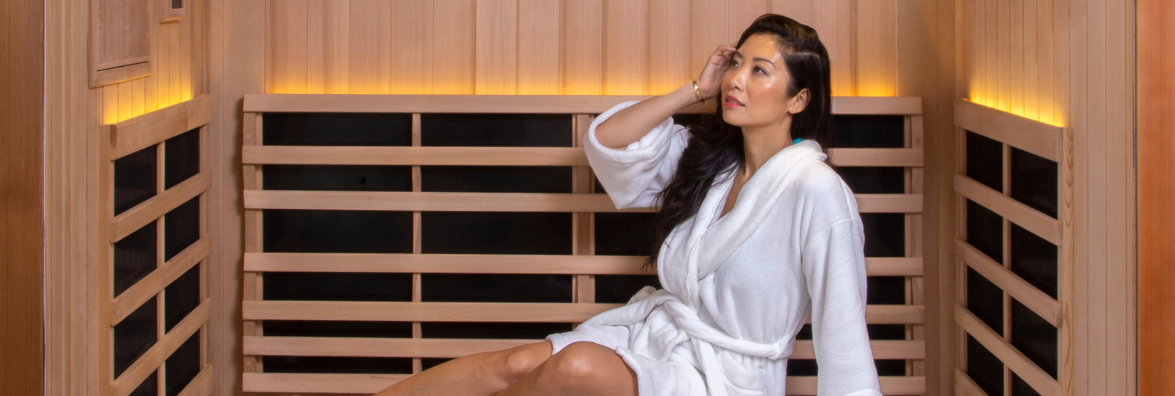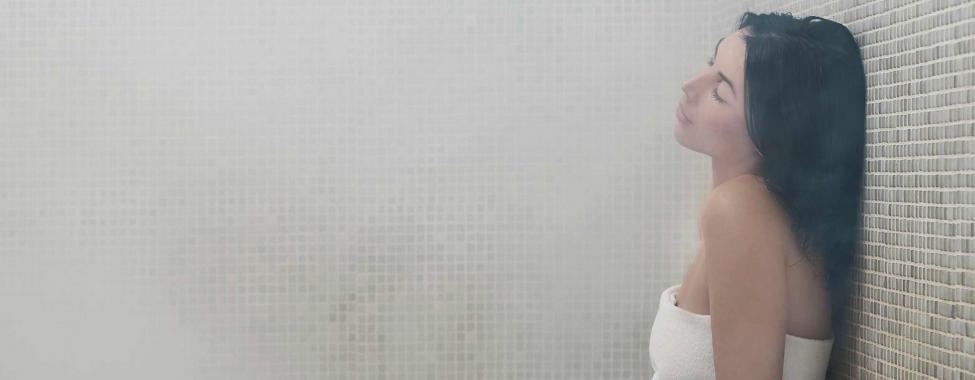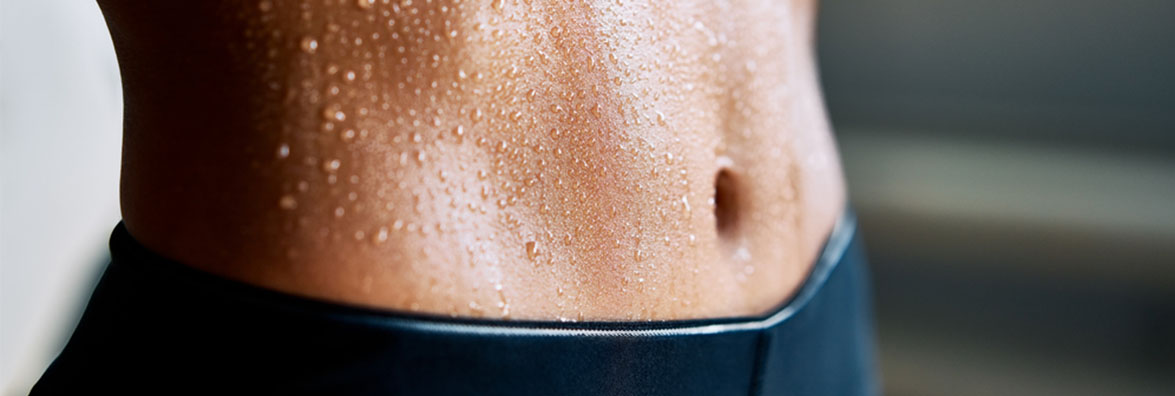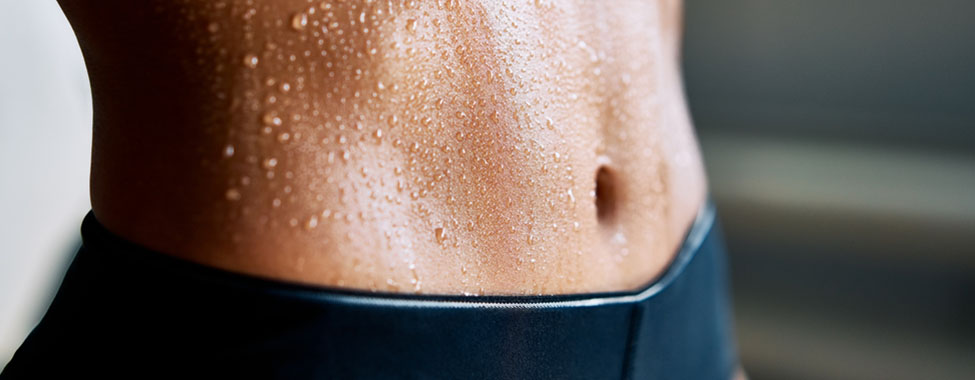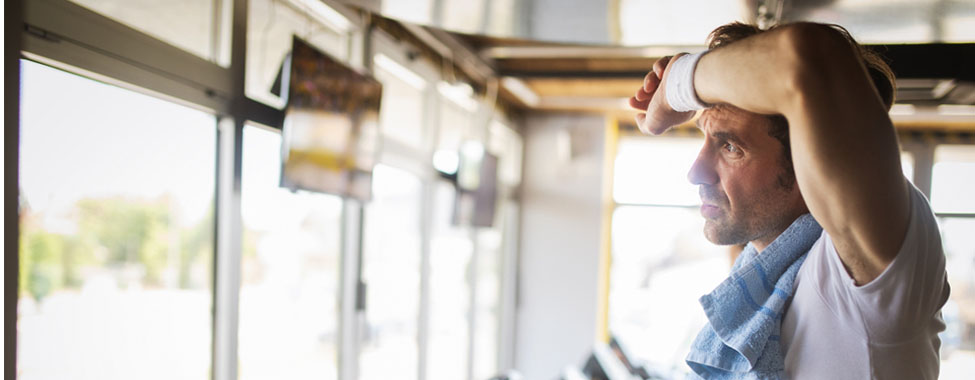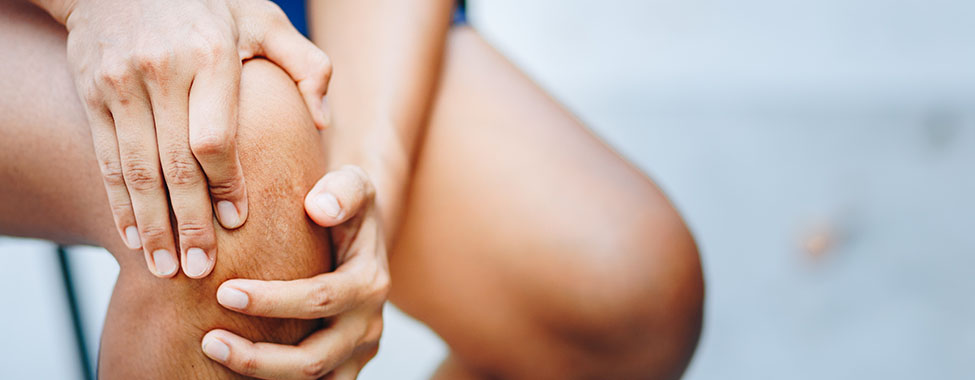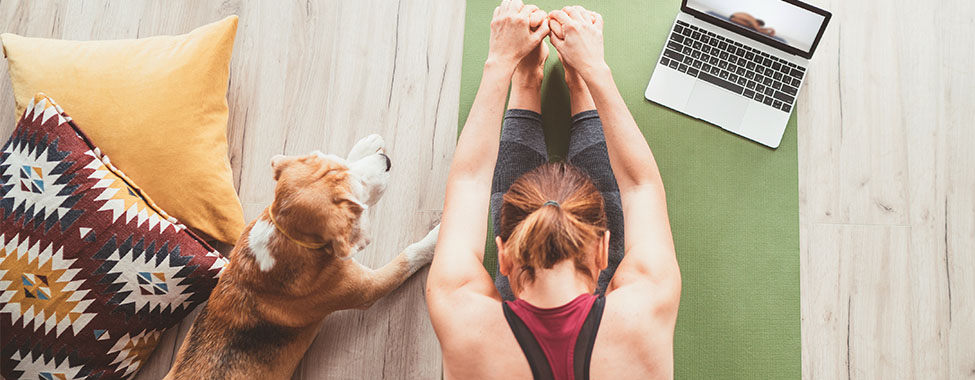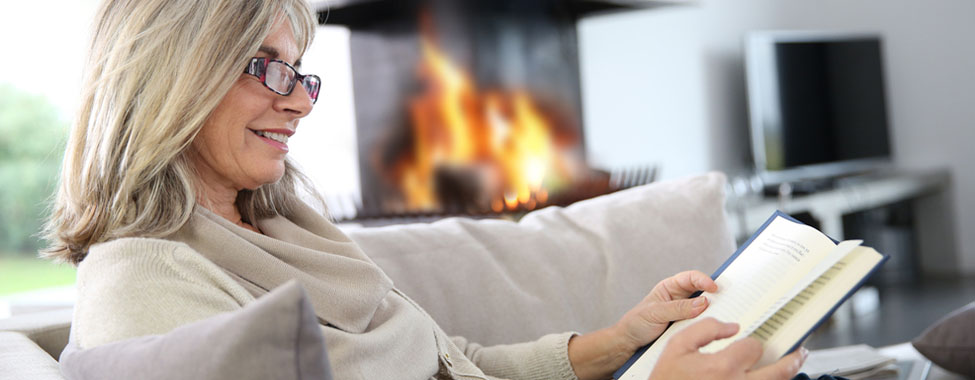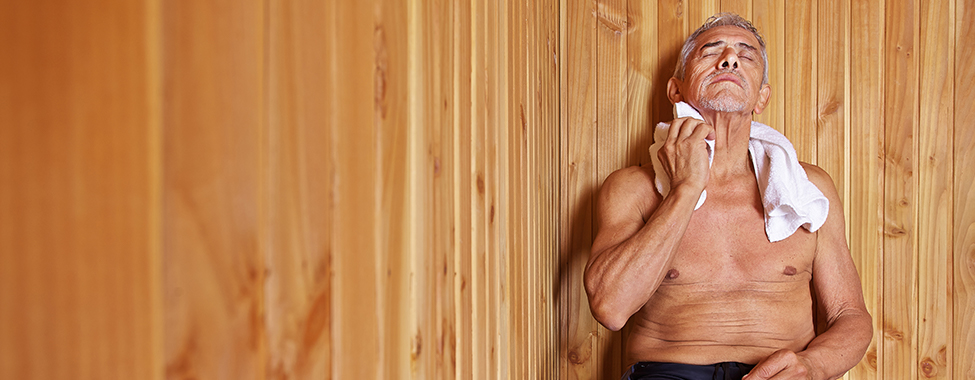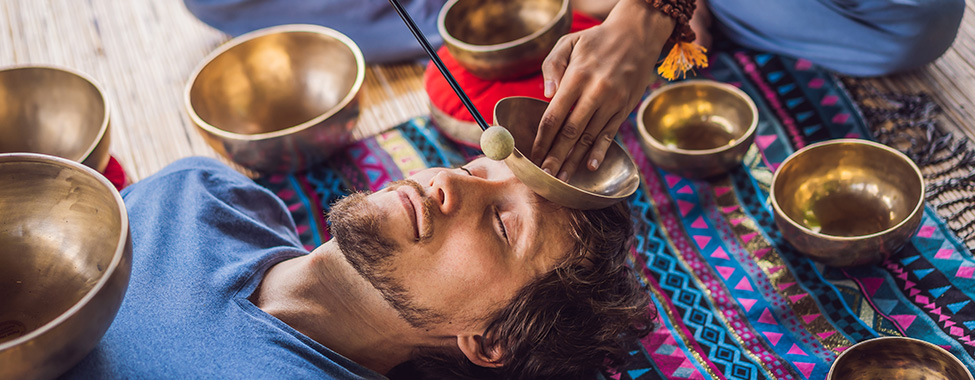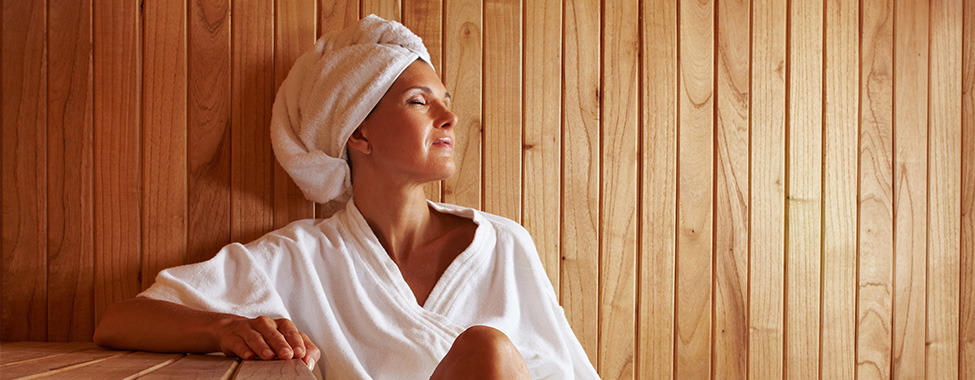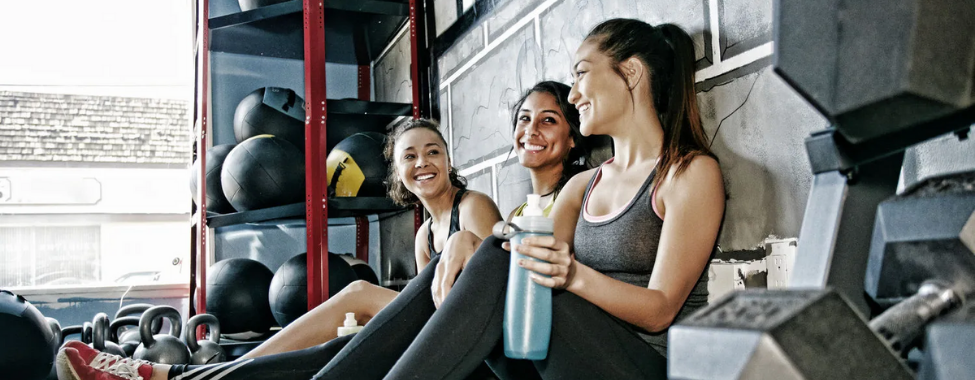After the last couple of years, how we have defined and perceived the health and wellness space has shifted. As we continue into the year, we’re seeing new trends in these spaces both emerge and grow. With so many innovations in the industry, we’re seeing a real emphasis on personal health that hasn’t been seen before to this degree – and we love it! Read on to learn more about which health and wellness trends are becoming popular in 2022, from larger focuses on immune and mental health to sound healing, and see how to implement them in your life.

Immune Health
One out of three consumers reported they were more concerned about immune health than before the pandemic. Immune health has been put in the spotlight as people aim to keep their bodies strong and protected from disease, and that spotlight is still bright. Over the years, there have been increases in people using immune-boosting treatments such as red light therapy, IV therapy (vitamin drip), supplements, and detox programs. Other popular immune health services include injection therapy (such as B12 shots), infrared sauna use, and salt therapy.
Mental Wellness
According to Mindbody, mental health was ranked the most important dimension of wellness by the greatest number of Americans with 49% agreeing that the pandemic has negatively affected their mental wellbeing. As wellness trends progress, the stigma of seeking solutions for mental health has weaned, which in turn has made it a popular topic. We expect to continue to see higher focuses on work-life balance, mental health treatments, and incorporating daily routines to help support mental wellness this year.
Personalized Treatments
In today’s health and wellness trends, many people want to avoid generic advice and one-size-fits-all wellness. Instead, they seek out sources that offer more personalized experiences where they can learn more about themselves and determine practices that benefit their own personal healing. Trends show that people are more invested in their individual health, and services such as personalized vitamin packs to personalized workout routines have become more and more popular in the market.

Home Sanctuaries
As many have had to spend more time at home, people will be intentional about how they bring healing and joy into their spaces by creating home sanctuaries. External uncertainties like new COVID-19 variants, returning to the office, school closures, and more encourage us to create a soothing home environment to help establish balance. Those staying at home more often will invest more in items such as home infrared saunas and personal gym equipment to achieve their needs for health and wellness within the comfort of their homes.
Intuitive Movement
Intuitive movement and mental-health–based exercise regimens will continue to become increasingly more popular this year. Working out is shifting from being a way to obtain a specific body type into something that fuels our mental health and wellness. The rise of ‘snackable’ or ‘micro’ workouts will keep growing – instead of sticking to intense workout regimens that might cause physical and mental stress, people are finding ways to include fitness into their daily lives intuitively to avoid pushing their bodies and minds to extremes.
Hormone Balancing
In recent years, we have seen the increase in hormone health offerings to support everything from mood to metabolism. Focusing on endocrine system health has been a growing trend that is really starting to take off as more products and therapies become available. In this year’s health and wellness trends, consumers want to know how they can harness the power of their hormones to support their natural hormonal balance, which in turn can increase energy levels, boost mood, reduce stress, increase muscle strength, and much more.
Body Microbiome
The research of the microbiome has exploded in the last decade, leading us to understand more and more about the complex intricacies at play between the organisms living on us, in us, and their relationship to us. With that growing body of research, we’re getting a better picture of how to actually care for each of these unique eco-niches. Bacteriophagic prebiotics are going to be the most important thing to happen to the microbiome in 2022, as they target bad bacteria and destroy them from within, allowing probiotics to thrive and not have to compete.

Plant-Based Diets
You’ve heard of vegan and vegetarian diets in the past, but health trends in 2022 are seeing the rise of new terms like flexitarian and reducetarian – also known as those who are flexible vegetarians or those reducing their animal protein intake. Innovations in the plant-based food industry have made it easier for people to cut down the amount of meat they are consuming, even for devoted meat-eaters. This year will continue to see the increase in plant-based alternatives and people being more mindful of their diet’s sustainability.
Facial Body Work
On top of regular skincare such as topical applications or taking nutrients to support healthy skin, facial body work is a wellness trend that seems to be gaining in popularity. Using massage therapy and exercises that stimulate the muscles, skin, and lymphatic system, facial body work helps soften and relax facial muscles to help alleviate tension and stress. Gua Sha is a popular technique to relieve tension, sculpt skin, and increase circulation to help reduce acne scars, reduce puffiness and dark spots, and promote lymphatic drainage.
Sound Healing
Sound healing has been around for millennia, but wellness trends in 2022 will see a spike in modern-day sound therapy. Sound healing has been shown to have many benefits, such as relaxing your body to invigorating your mind, and is sometimes used as a form of biohacking to achieve your health goals. Personalized soundscapes powered by AI, vibration resonance therapy in an infrared sauna, and a renewed interest in ancient techniques like sound baths are all incredible ways to feel the healing power of sound.
Taking care of your health is important, and following these health and wellness trends for 2022 will make it fun! Personal and individualized health is the main focus, giving you control over what you do and how you approach wellness. With so many new products and solutions on the market today, it’s exciting to find which ones fit your wellness goals best. Keep an eye on these wellness trends, and follow them to be the best and healthiest version of you this year.
 Canada
Canada Australia
Australia New Zealand
New Zealand Germany
Germany UK
UK EU
EU Ireland
Ireland Malaysia
Malaysia China
China Japan
Japan




